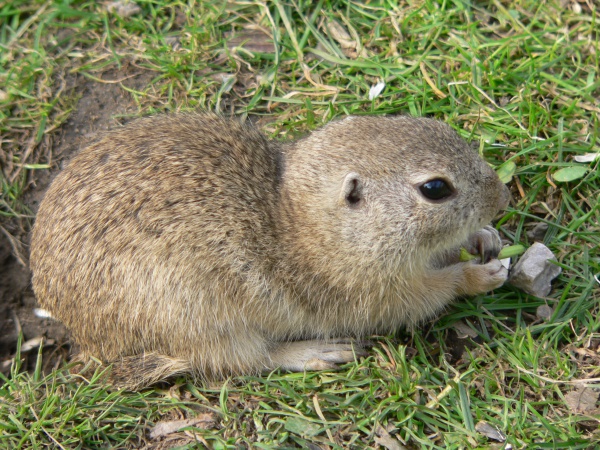Facts About European Suslik
The European ground squirrel, also known as the European souslik, is a small and intriguing member of the squirrel family, Sciuridae. It is one of the few European species within the genus Spermophilus. These squirrels inhabit eastern Europe, ranging from southern Ukraine to parts of Asia Minor, Austria, the Czech Republic, Slovakia, Serbia, Greece, Romania, Bulgaria, North Macedonia, and even as far north as Poland. Their range is bisected by the Carpathian Mountains.
These diurnal squirrels are active during the day and live in colonies, often making their homes in pastures or grassy embankments. Their diet consists of seeds, plant shoots, roots, and invertebrates. Remarkably, they have sentinels that maintain vigilance and alert the colony if predators approach.
European ground squirrels grow to about 20 cm (8 inches) in length and weigh around 300 grams (10.5 ounces). They hibernate from autumn until March, accumulating brown fat in late summer to sustain them through the winter. They breed in early summer, typically producing litters of five to eight young.
These squirrels require specific habitats with short vegetation for their tunnel systems. They are commonly found in steppes, pastures, embankments, sports fields, and other areas with short turf. Highly social, they live in colonies and dig extensive tunnel systems and bolt holes for safety. Constantly vigilant, they watch for predators such as weasels, foxes, and birds of prey, and emit a sharp alarm call when danger is near.
Their diet is diverse, including plant matter, insects, and occasionally bird eggs. During winter, they hibernate in nests within their burrows.
Sadly, the European ground squirrel is listed as endangered by the IUCN. Their population is declining due to habitat loss from agricultural practices, urbanization, and road construction.

 Russia
Russia